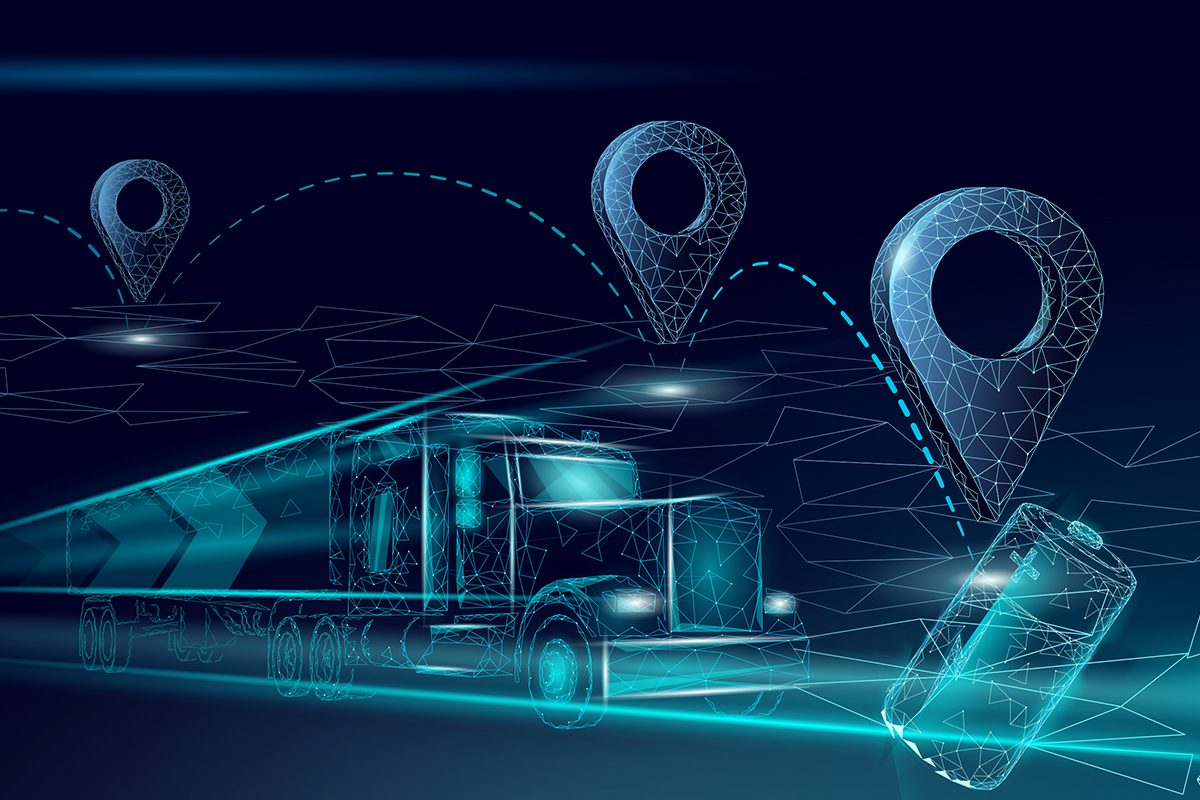With corporations continuing to beat the drum in terms of reducing their carbon footprint at a grand scale, the push to adopt zero-emission transportation options has seen widespread acceleration in the last few years.
A recent report from the American Transportation Research Institute (ATRI) that looks at the charging infrastructure needs around the country has concluded that there are three challenges that need to be overcome before we can meet the demand for increased battery-electric vehicle (BEV) adoption.
Building from a May 2022 report that analyzed the environmental impacts of Class 8 zero-emission trucks, ATRI assessed the country’s current vehicle electrification ecosystem to find the issues the industry must address before BEV adoption can move forward on a large scale. The report team found three main challenges that related to electricity generation and consumption, vehicle charging requirements and charging infrastructure, and raw materials sourcing.
Challenge #1: Electricity Supply and Demand
According to ATRI, the required electricity demand for transitioning to BEVs is “enormous,” with full electrification of the U.S. vehicle fleet resulting in an increase that is “beyond the country’s present electricity generation.” Overall, there would be an approximate 40% spike in energy demands for all types of BEVs, with 14% needed for all freight trucks (10.6% of this chunk would be needed for long-haul trucks). As a result, the report points out the need for a large-scale investment in charging infrastructure before there can be a mass adoption of BEVs.
Challenge #2: BEV Production
Before fleets can start meeting their zero-emission goals, they need the vehicles to get them there, something that the ATRI report labeled as its second challenge. Aside from finding enough of the raw materials needed to manufacture BEVs — including tens of millions of tons of cobalt, graphite, lithium, and nickel — the production of these vehicles has both environmental and social impacts. For example, the mining/processing for these materials can produce significant pollution issues, and in some source countries, there is an exploitation of the labor force that gathers and refines these materials.
There is also another “conundrum” according to ATRI: While the weight of the batteries needed to power BEVs can help increase range, it also increases the purchase price and reduces the available cargo weight. To solve this, the report highlights the need for “major advances in battery technology.”
Challenge #3: Where/When to Charge the Truck
The trucking industry has already seen a major issue develop over the years in terms of drivers finding available spots to park, whether for a few hours or overnight. Labeling this “Truck Parking Crisis 2.0,” the ATRI report explains that the needed chargers will outnumber the parking spaces currently available. As a result, charging will be inadequate due to house-of-service regulations and parking availability. The ATRI team tallied the cost to increase national charger availability at more than $35 billion.
BEVs in the Near Term
The report, like many sources before it, point to local and regional truck fleets as the current best use cases for BEVs. While some states like California, Washington, and Oregon are putting regulations in place calling for zero-emission commercial transport, most fleets must make their own decisions on how BEVs can fit into their operations. The report states that the challenge of BEV production must be addressed by every link in the supply chain, adding that utilities must also guarantee power grids are prepared for this increase is output and concluding that “it is inappropriate, however, to place these burdens squarely on motor carriers.”



